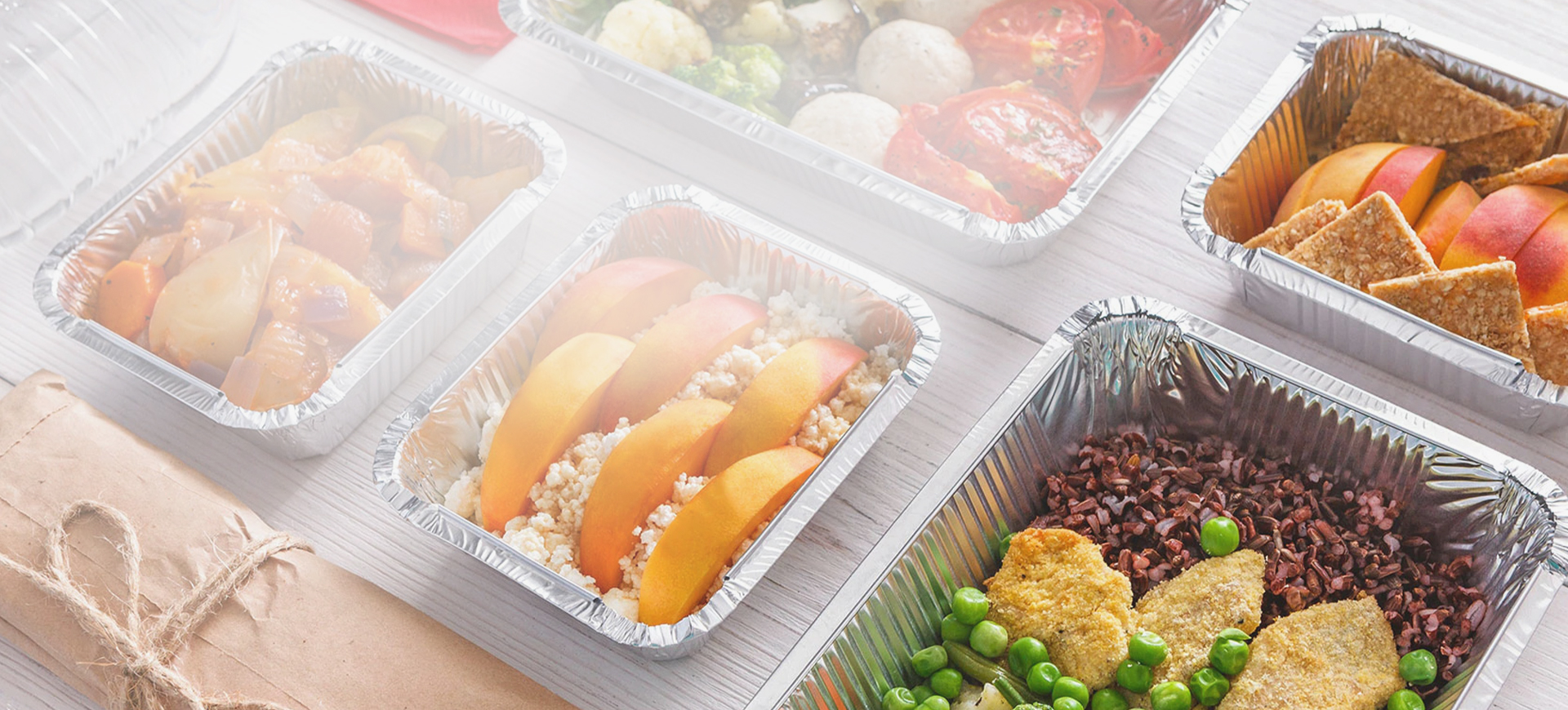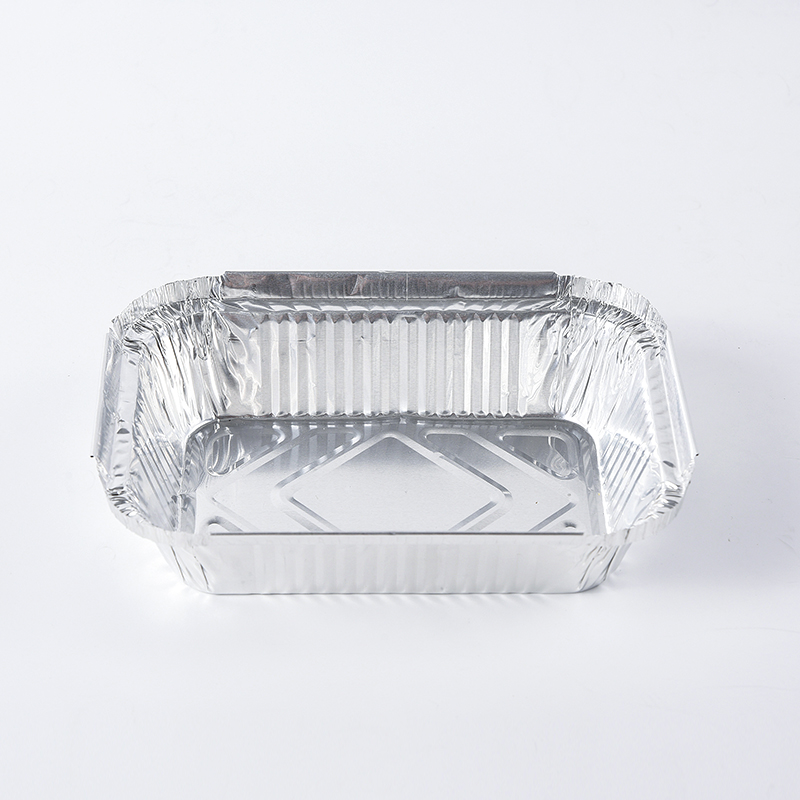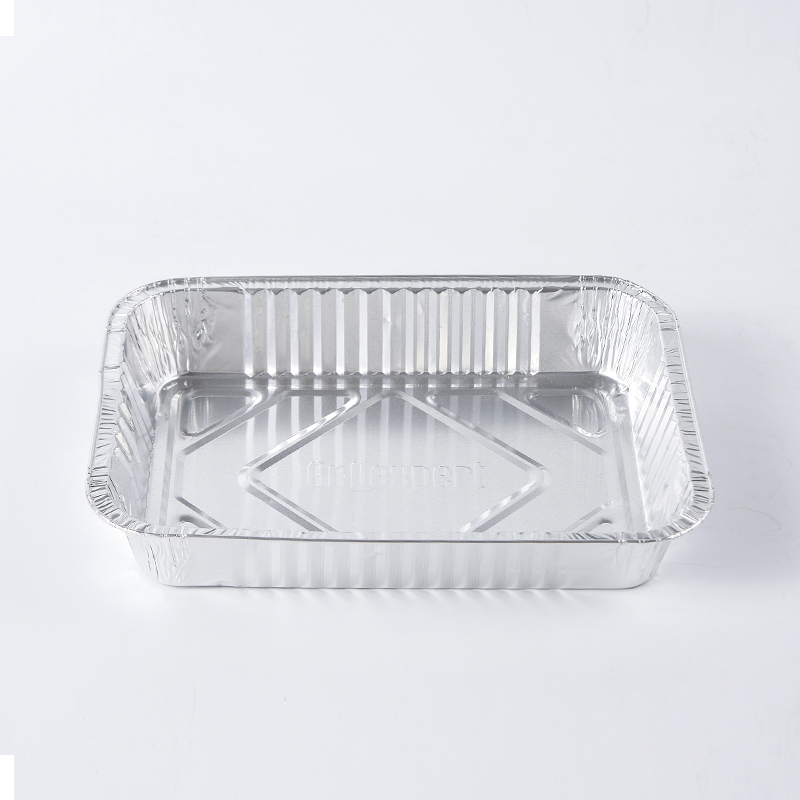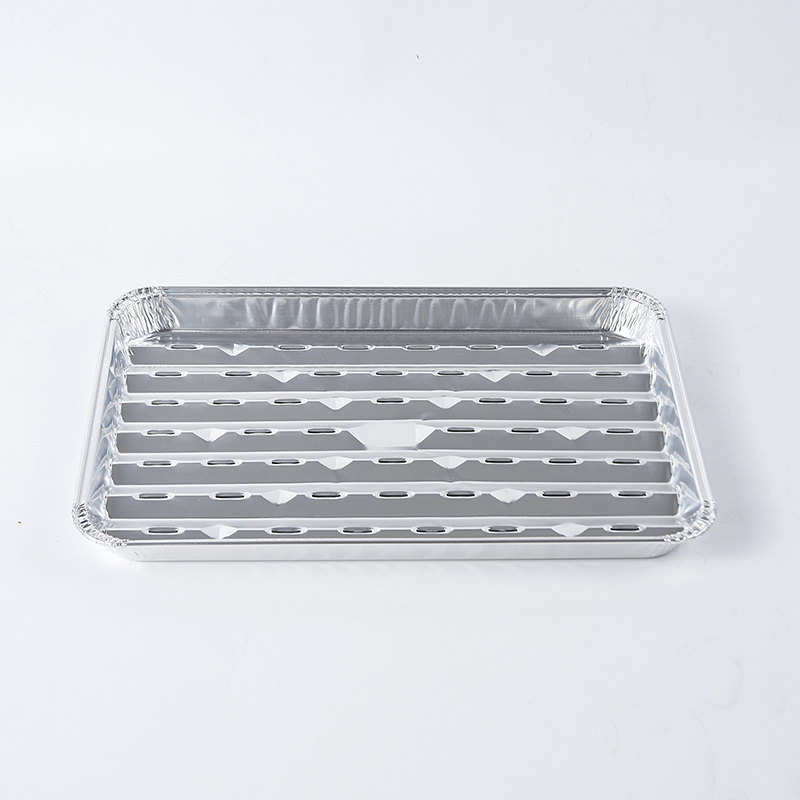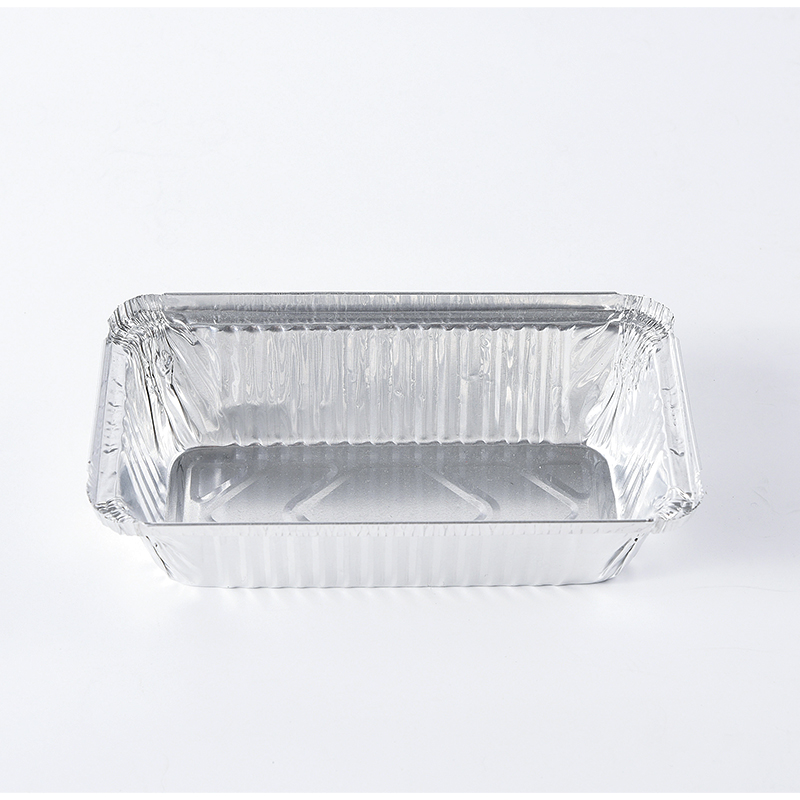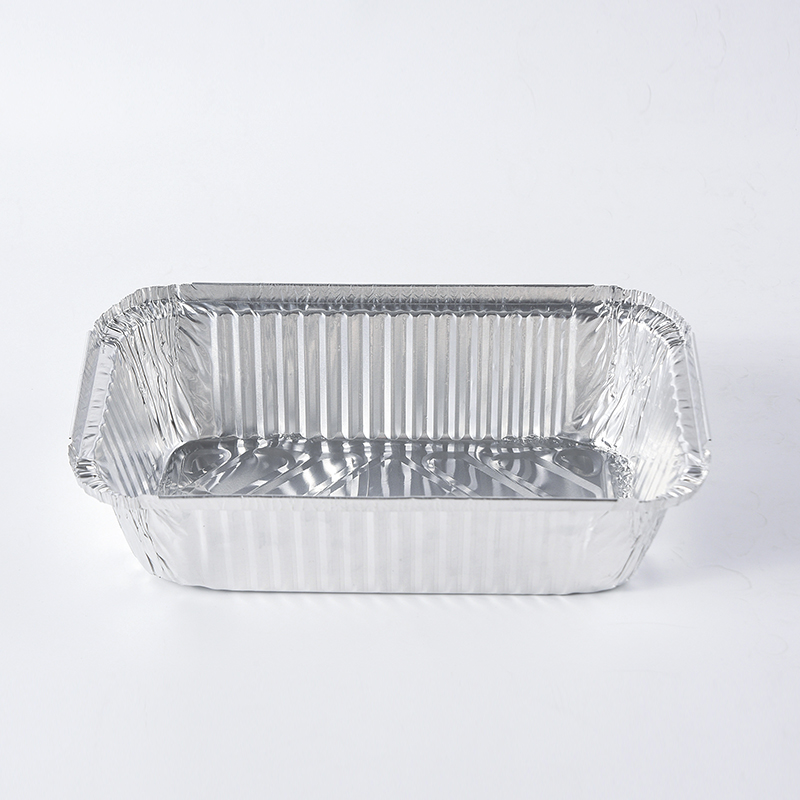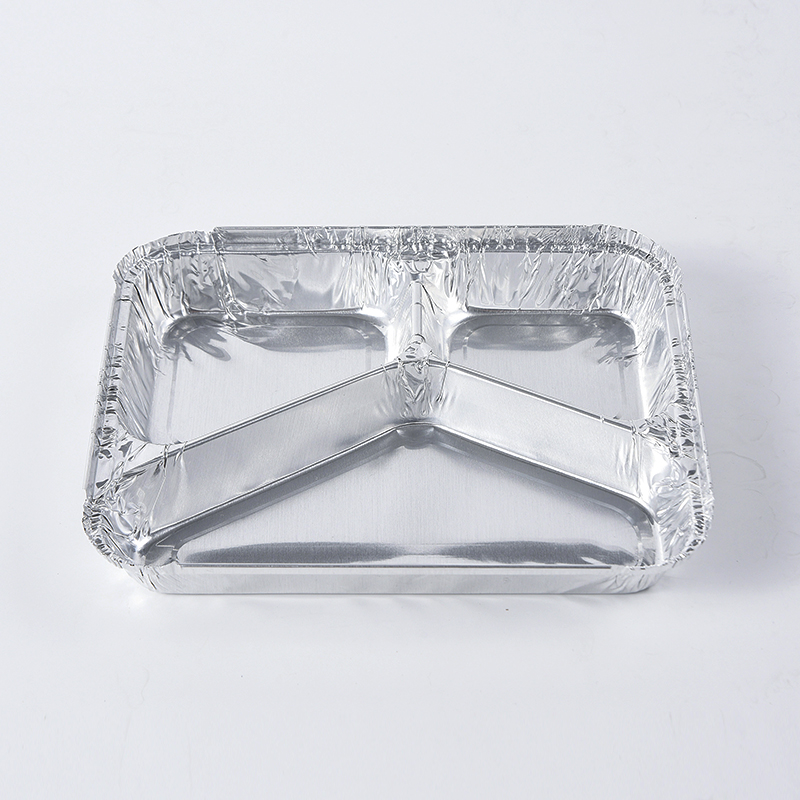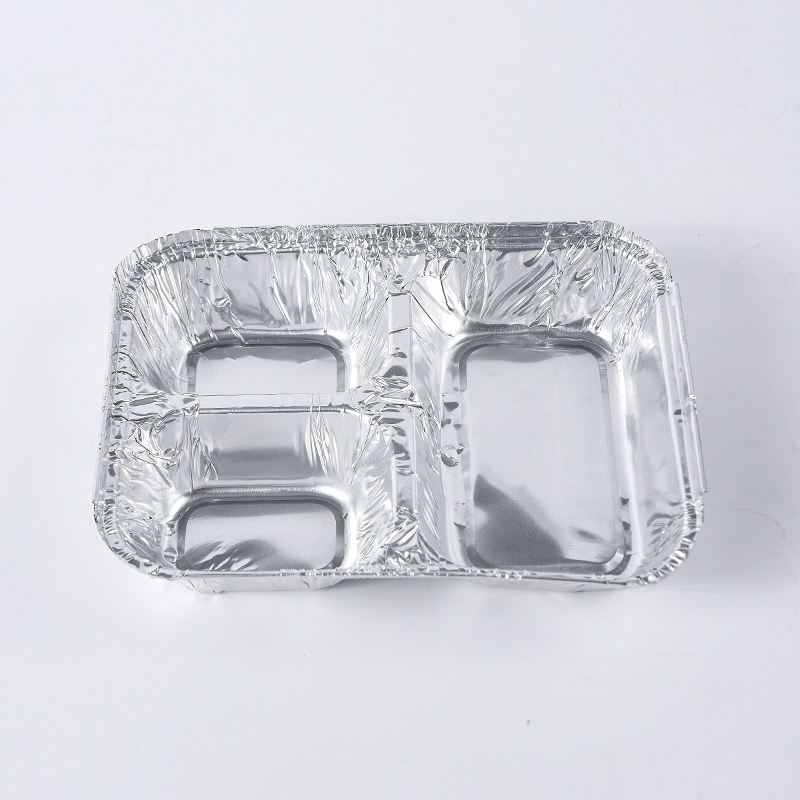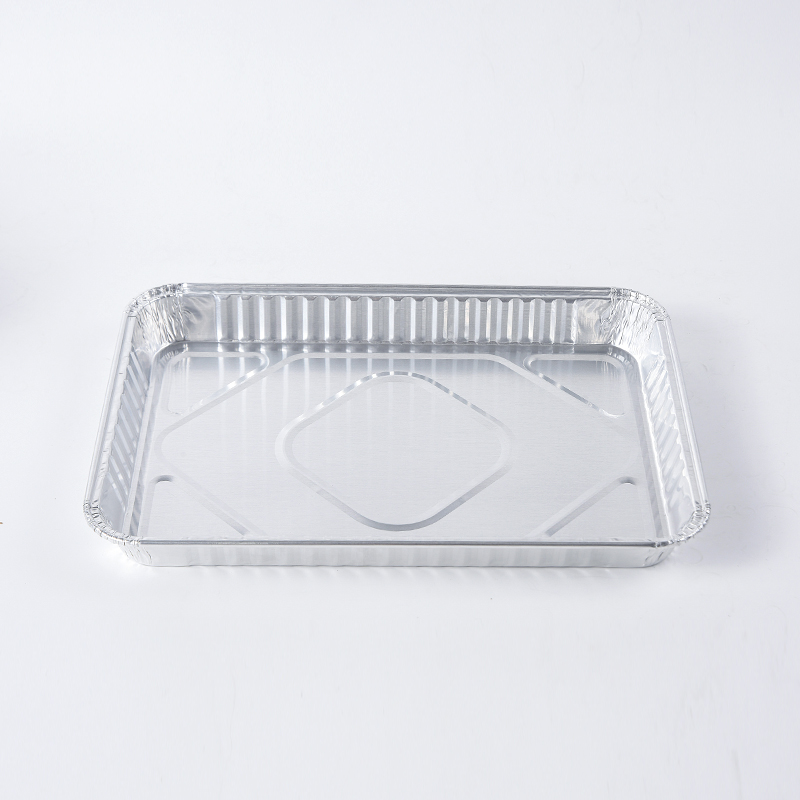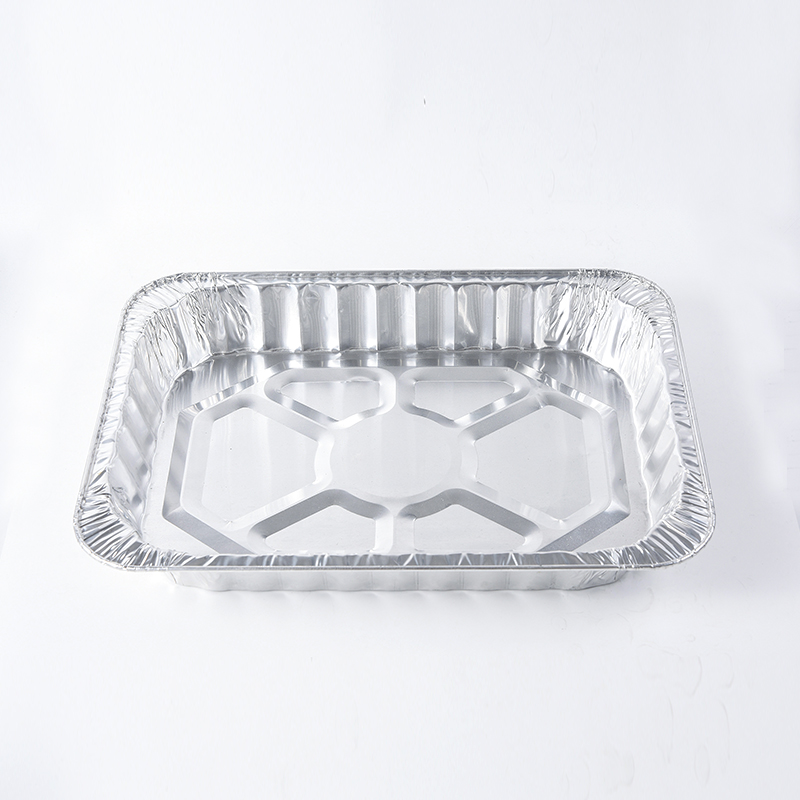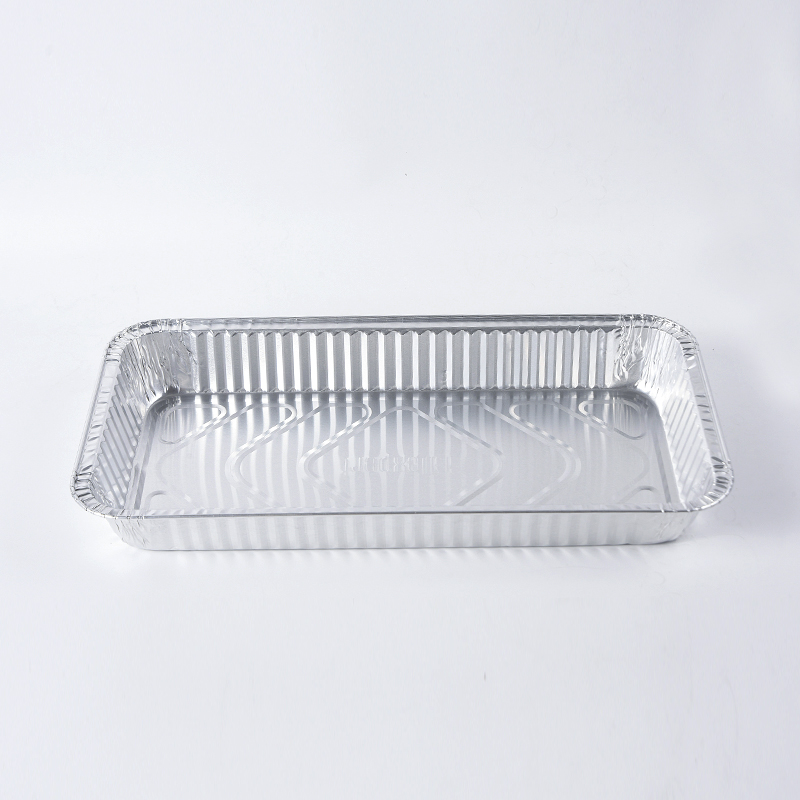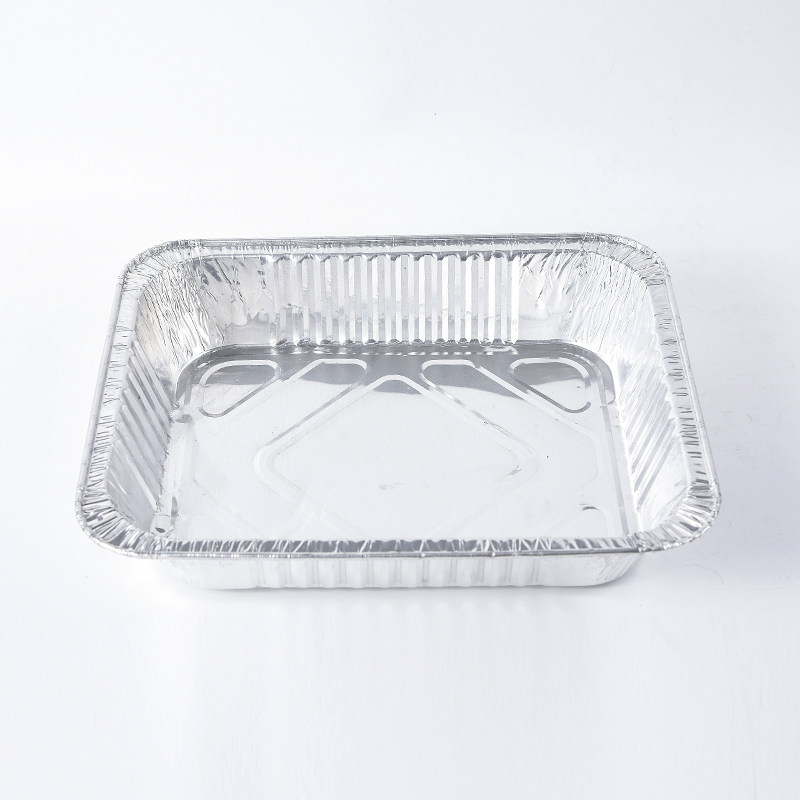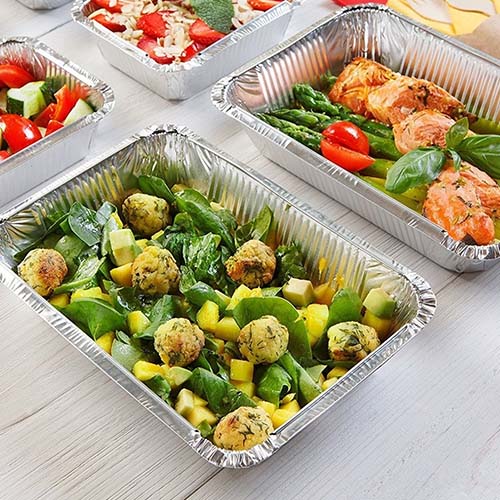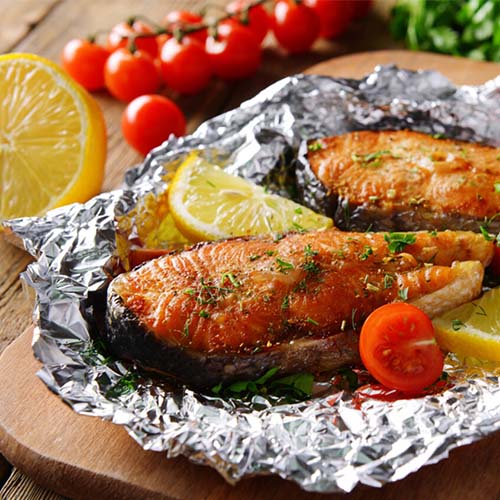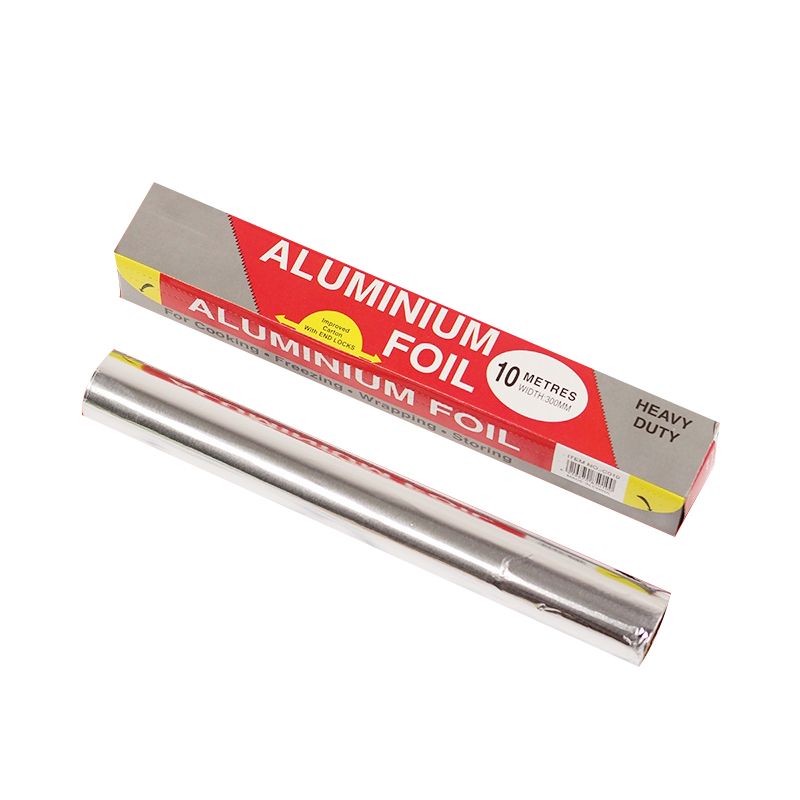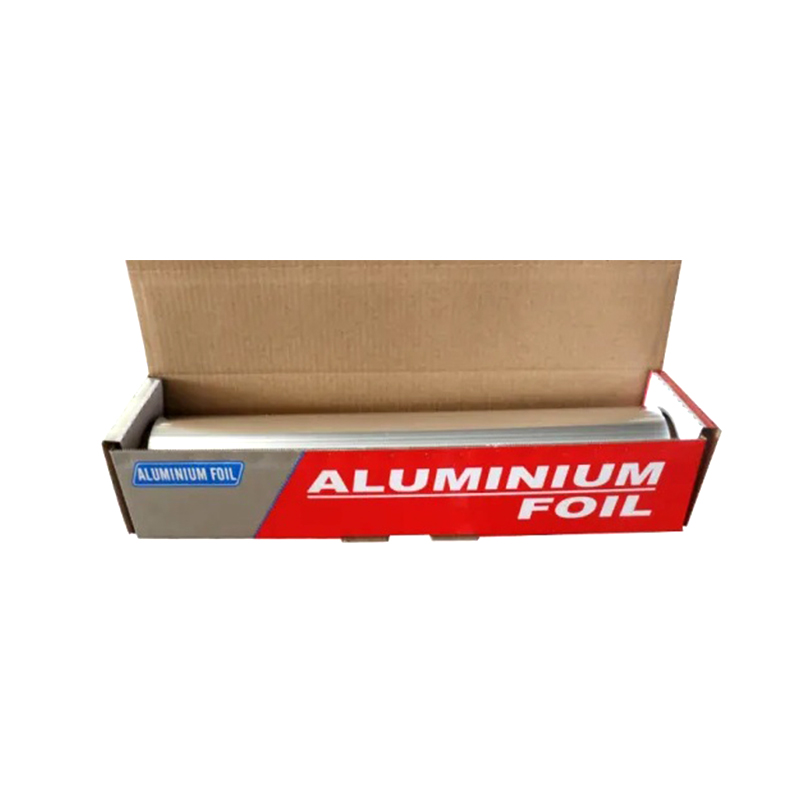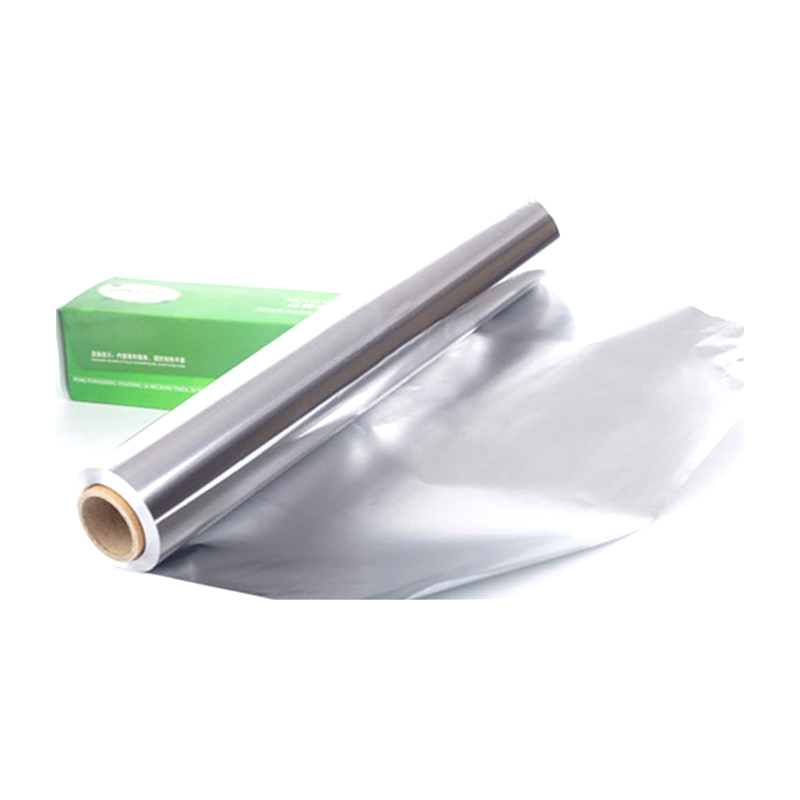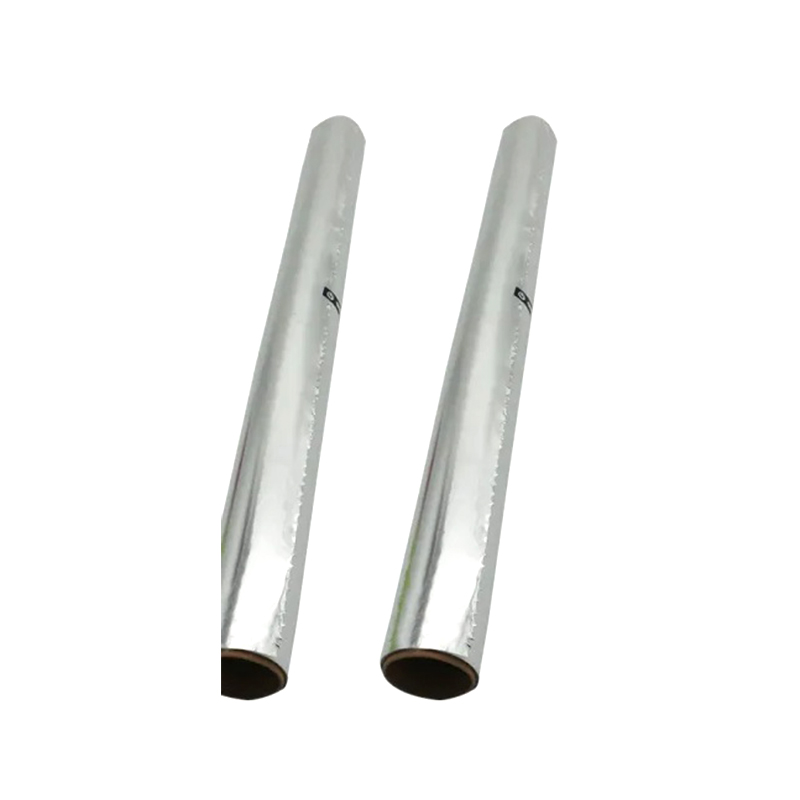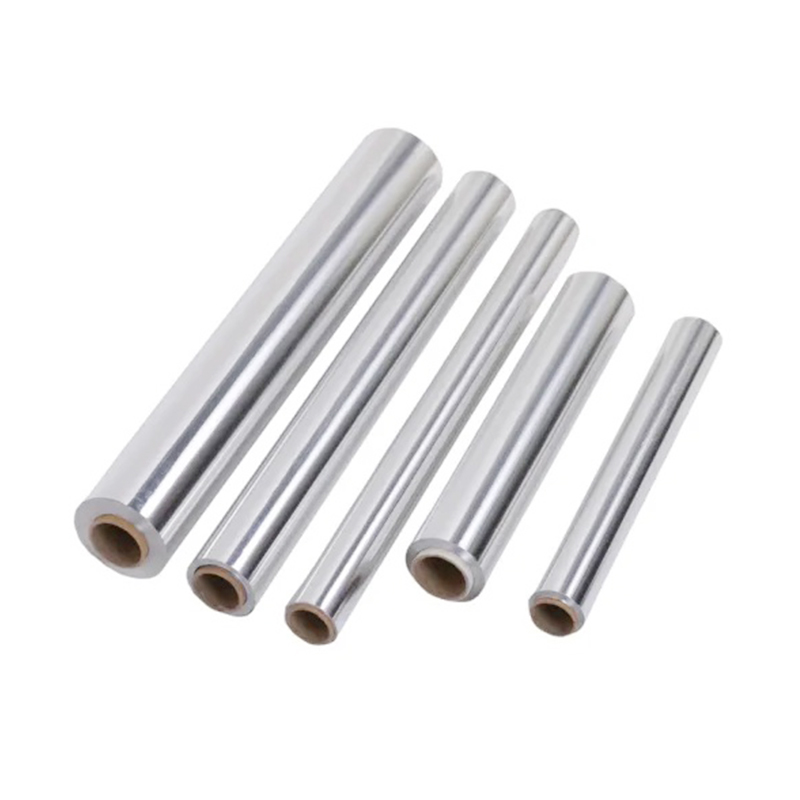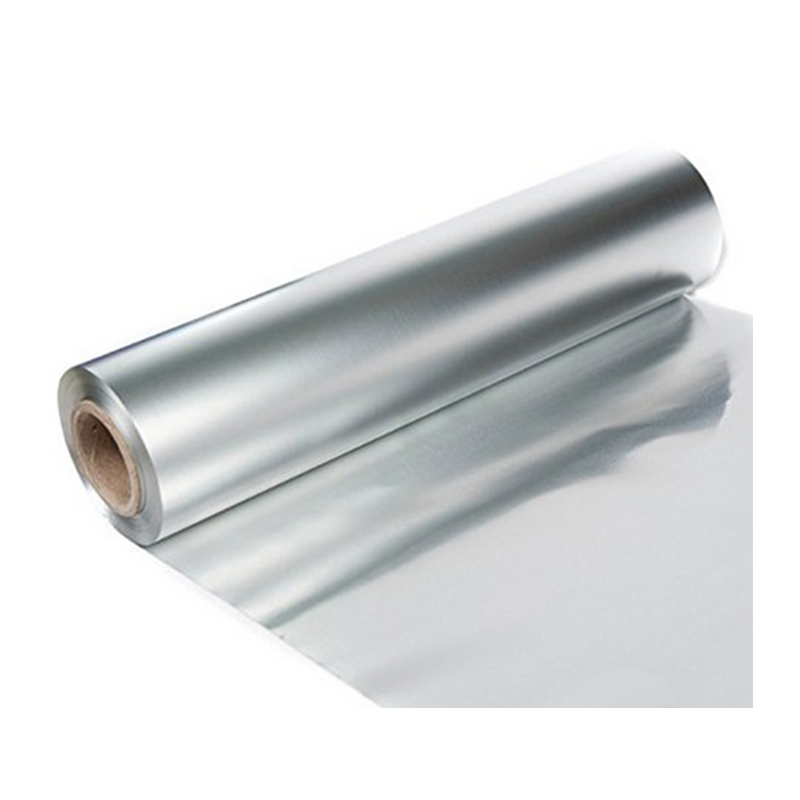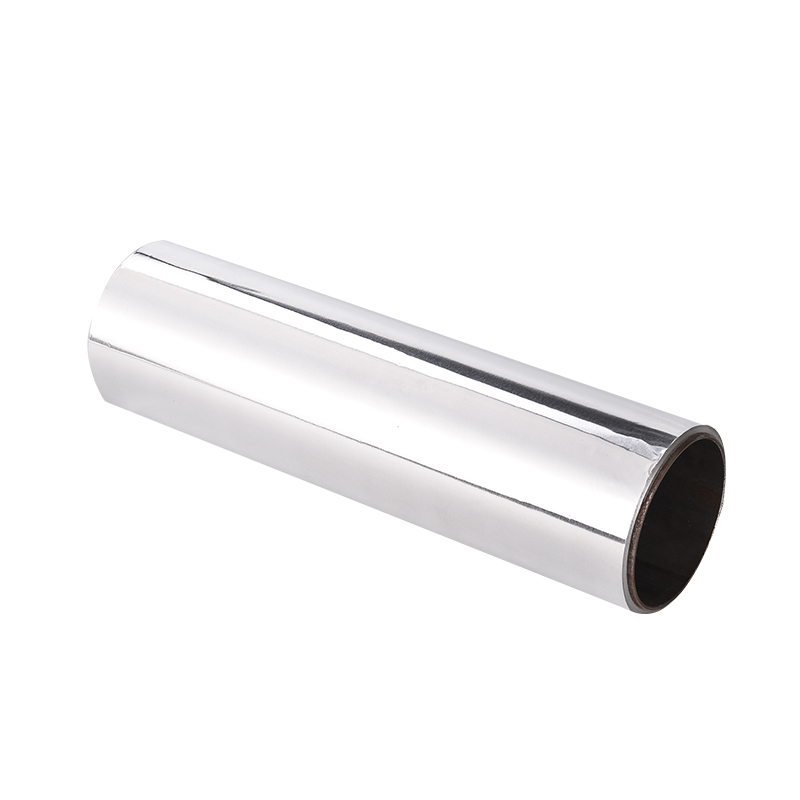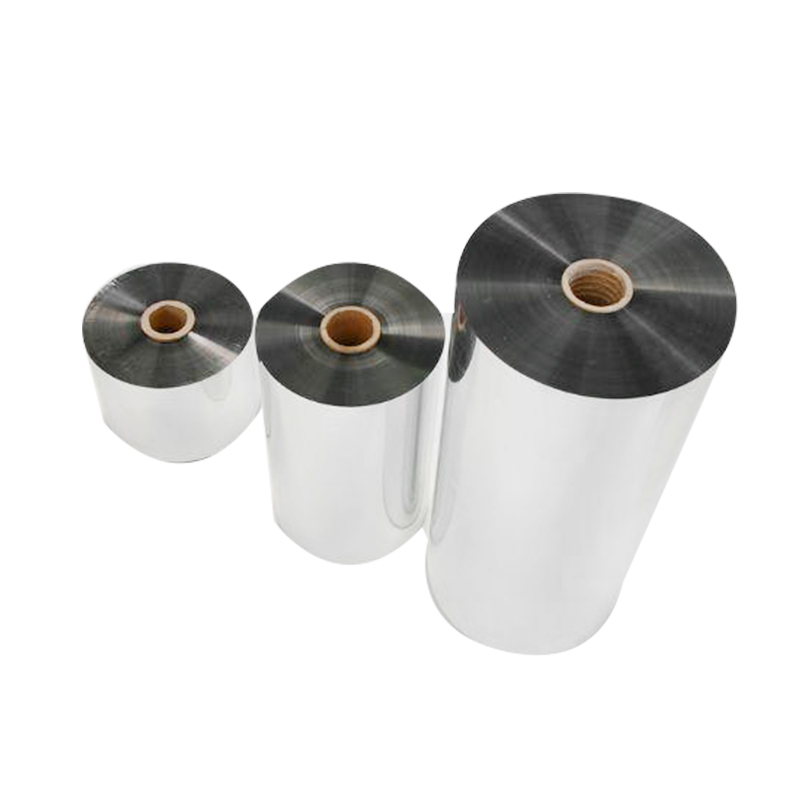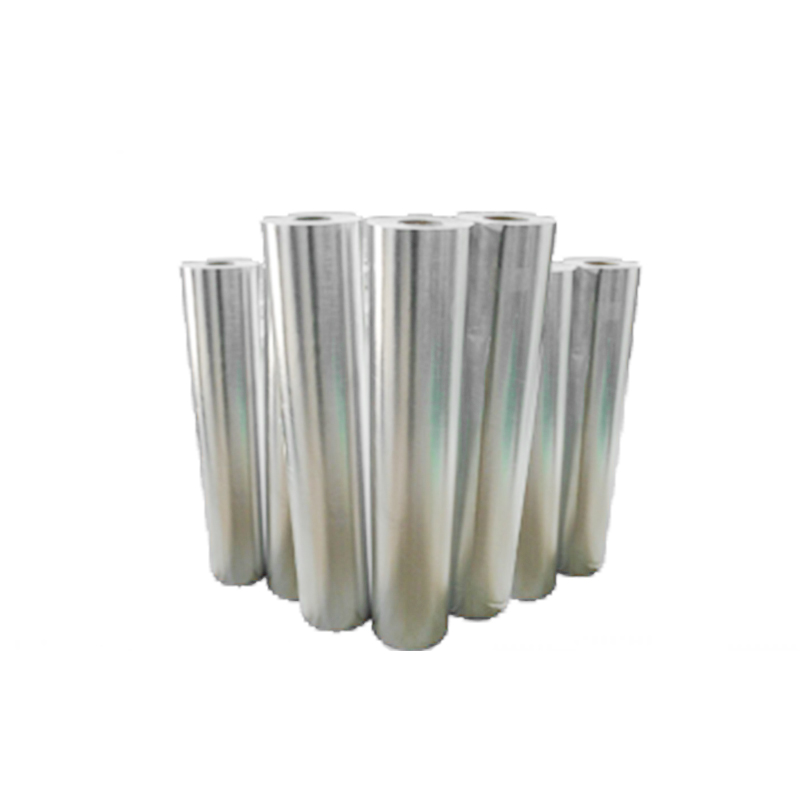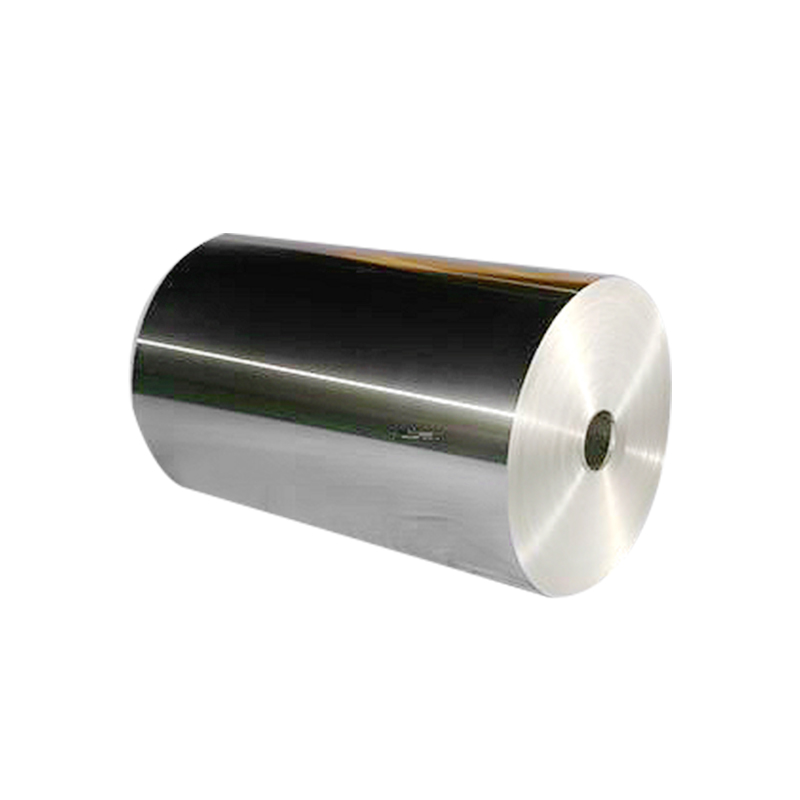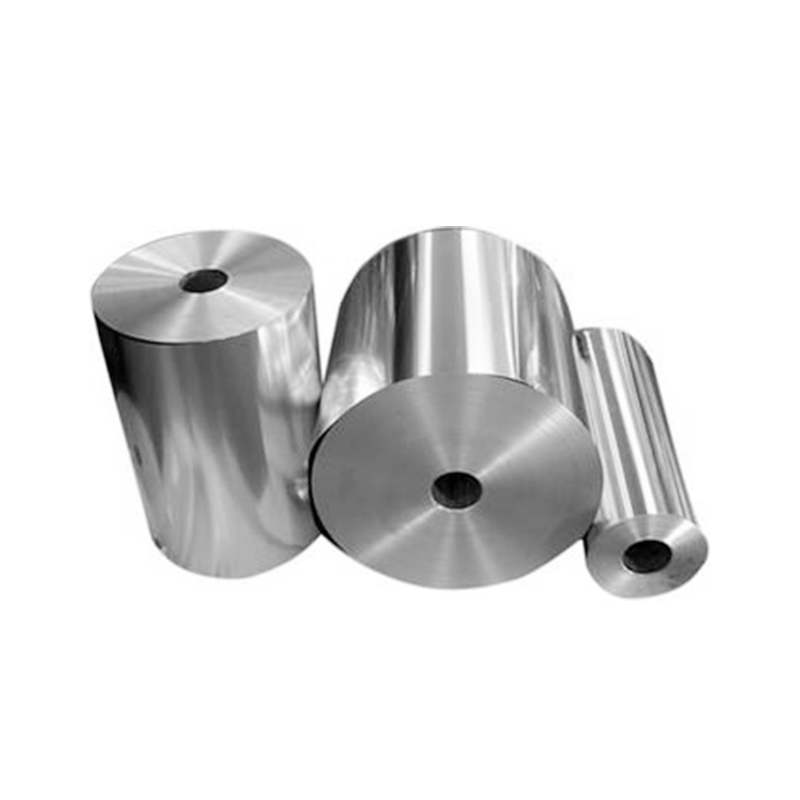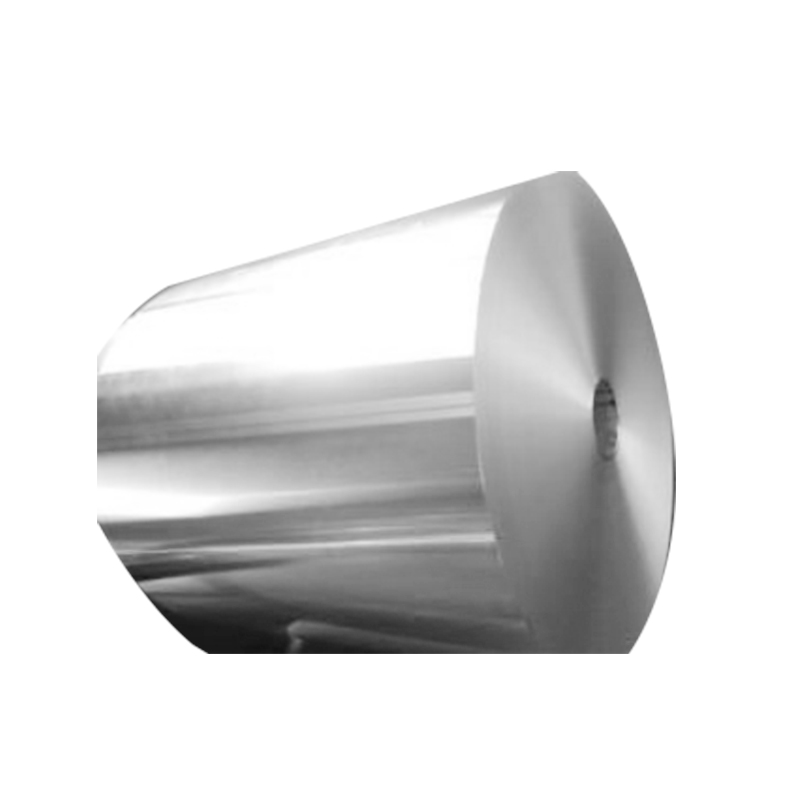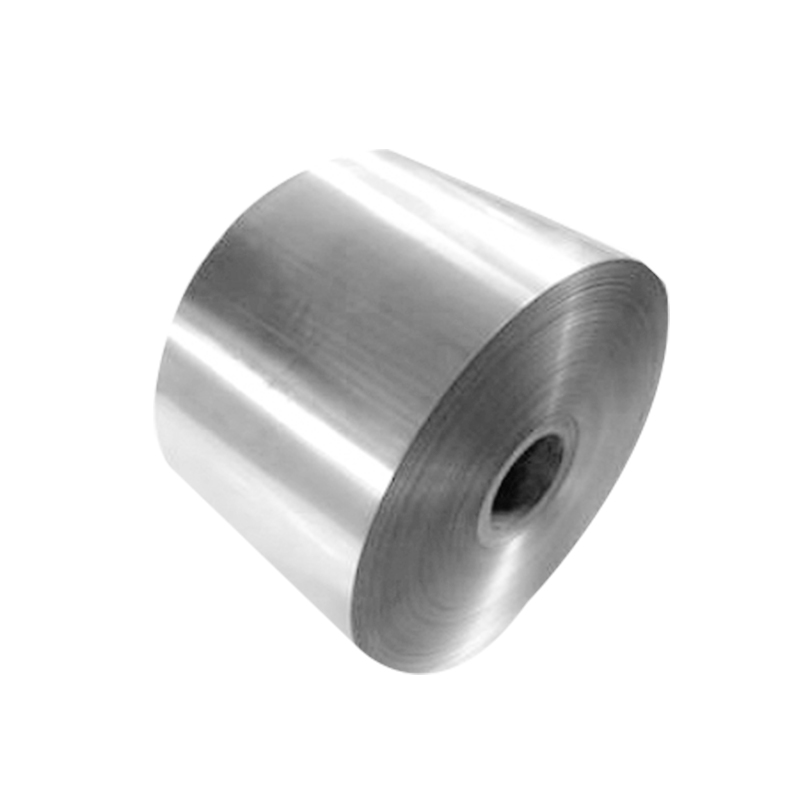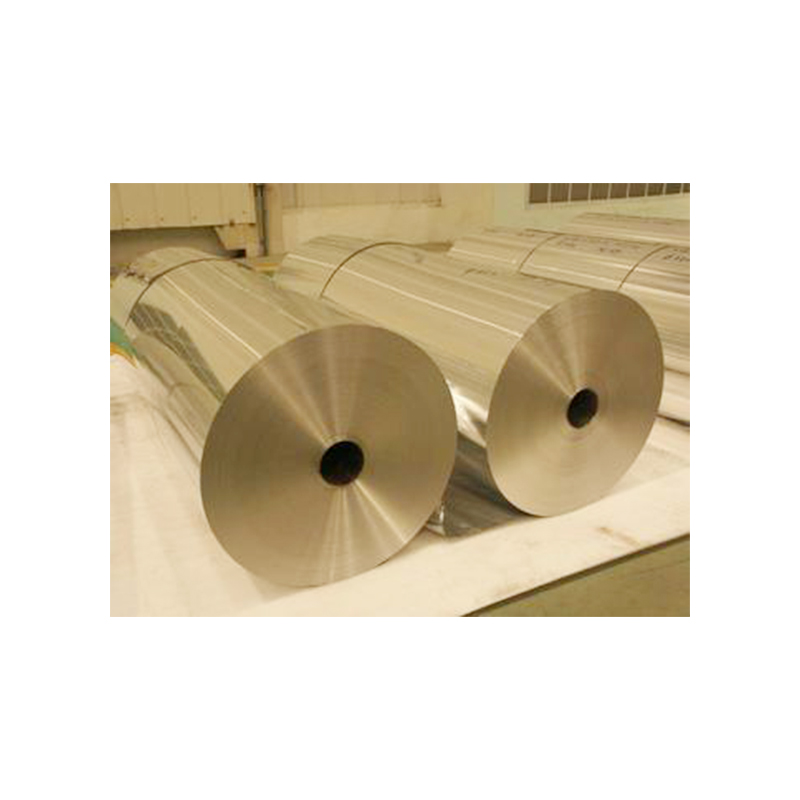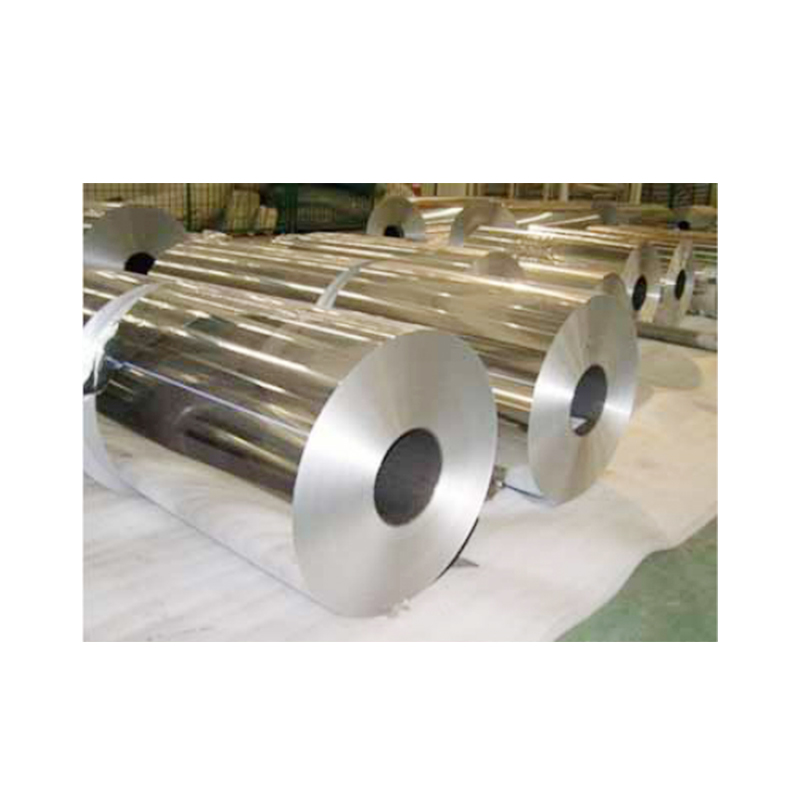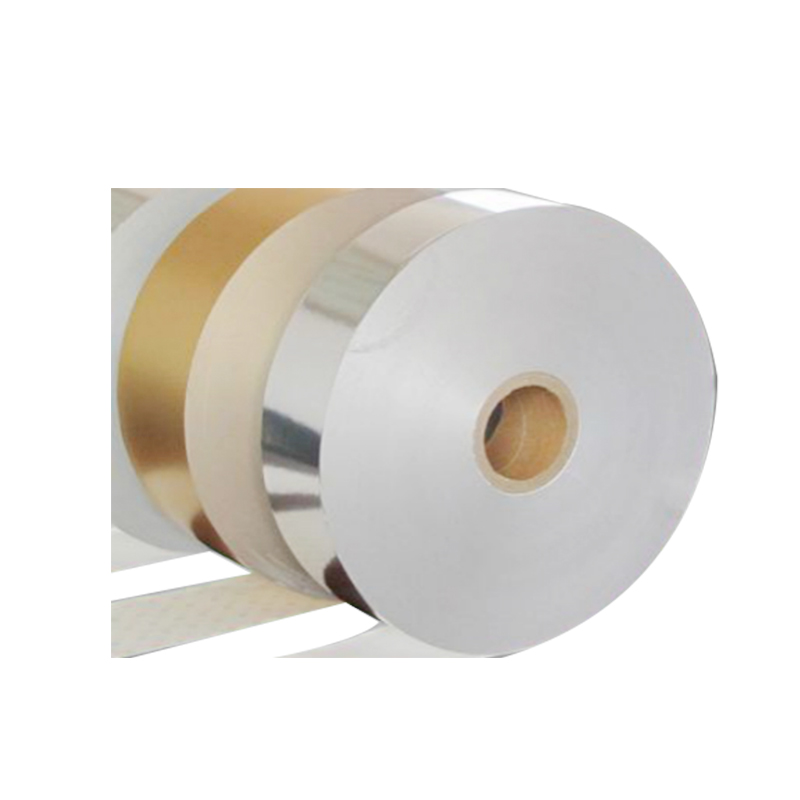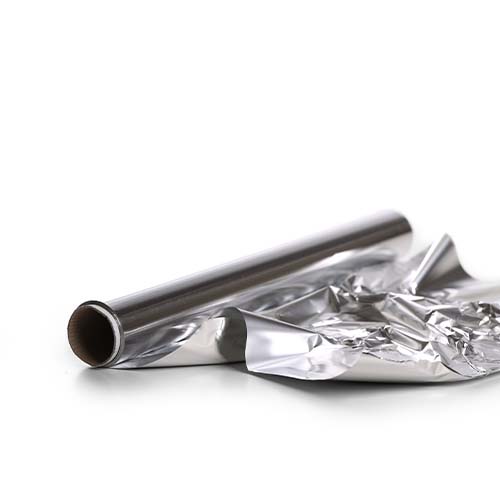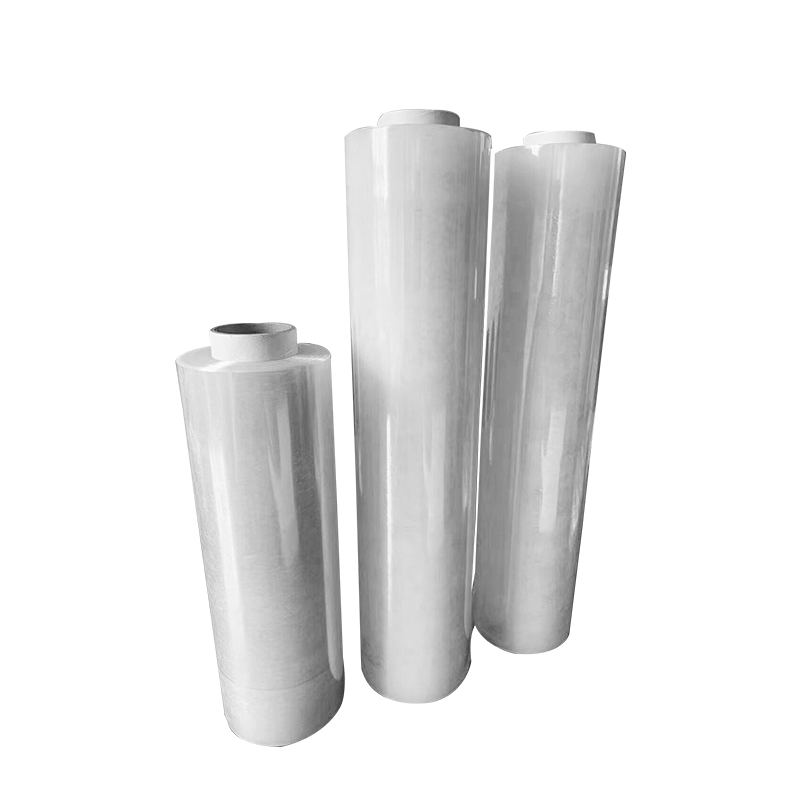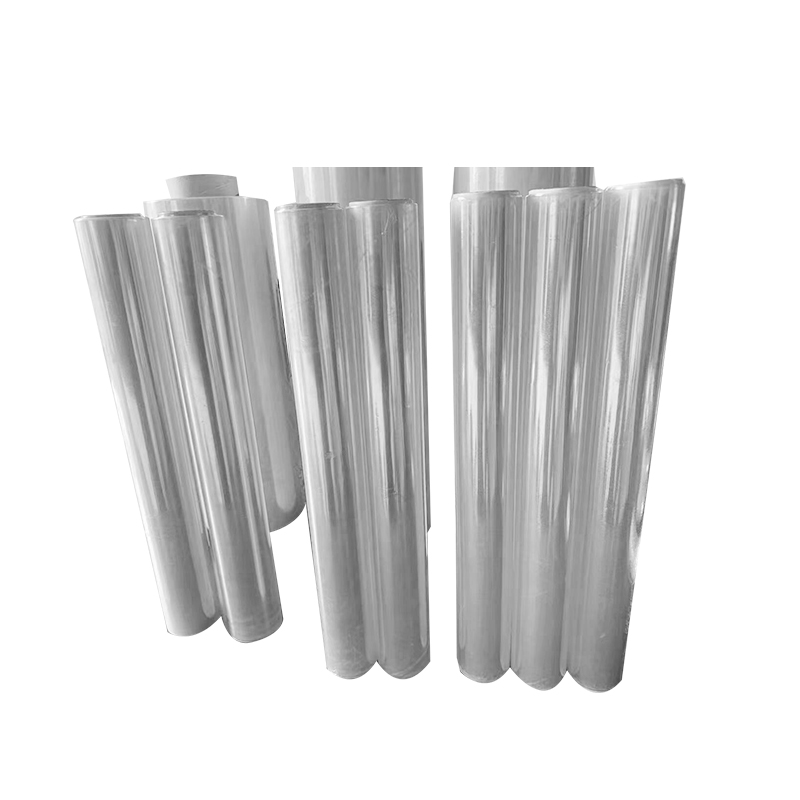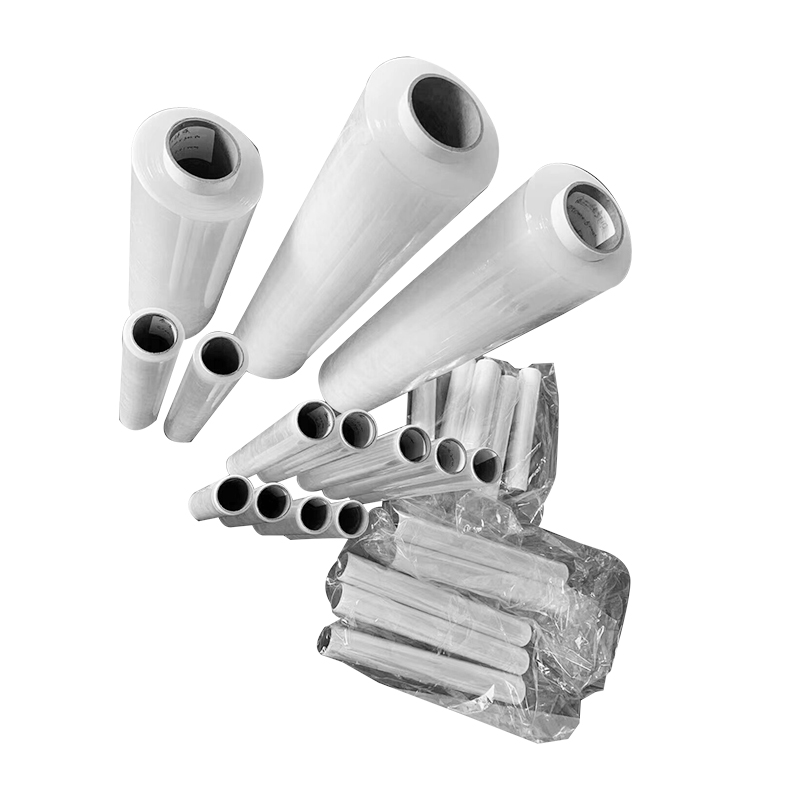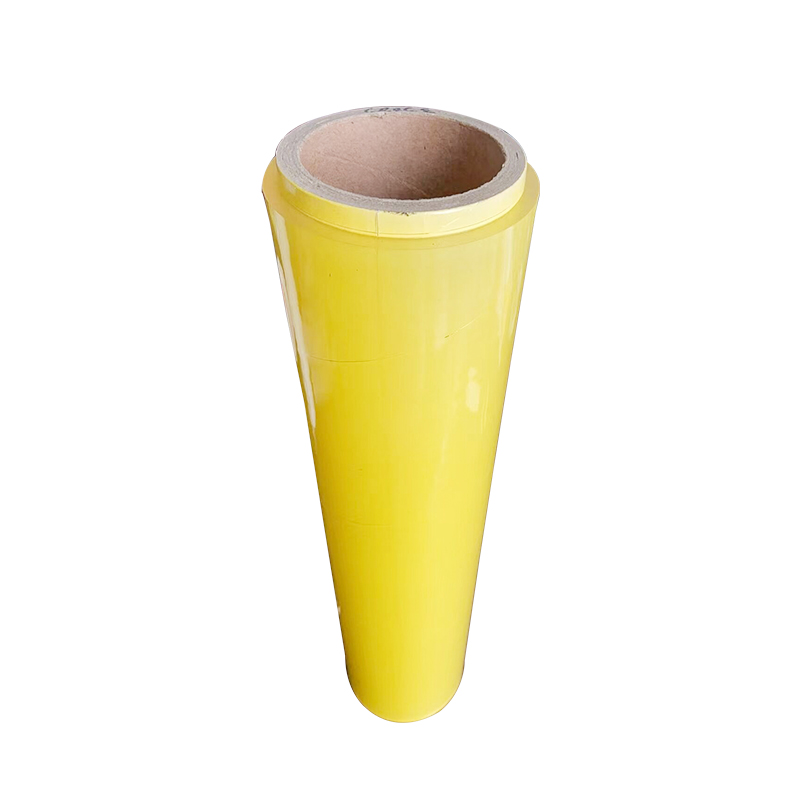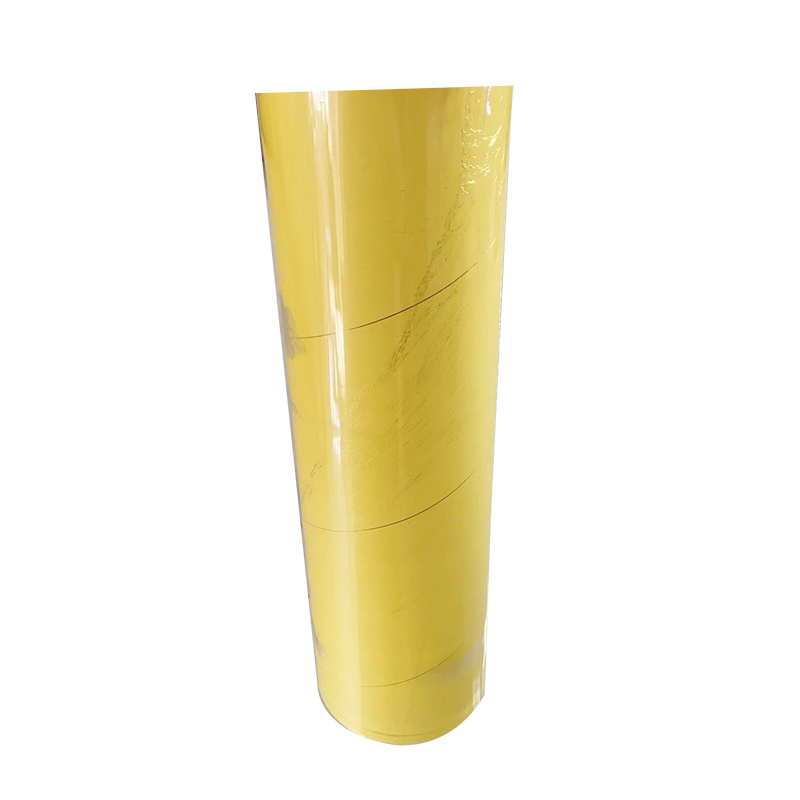-

Environmental Protection
-

Convenience
-

Safety
-

Insulation
-

Preservation
A Mature Factory You Can Count On
As China aluminum foil container manufacturers and disposable aluminum foil container suppliers, we offer OEM aluminum foil food containers for sale at factory prices.
And we are mainly produces and sells household rolls, household rolls, barbecue plates, and tinplate tin foil.Taipa lunch box, airline lunch box, lunch box, disposable pot, pizza plate, turkey plate and other products, the company has been committed to the industry for many years,
and earnestly promote joint ventures and cooperation with major enterprises and manufacturers, and use industrial development ideas.
Serve the community and the majority of users.
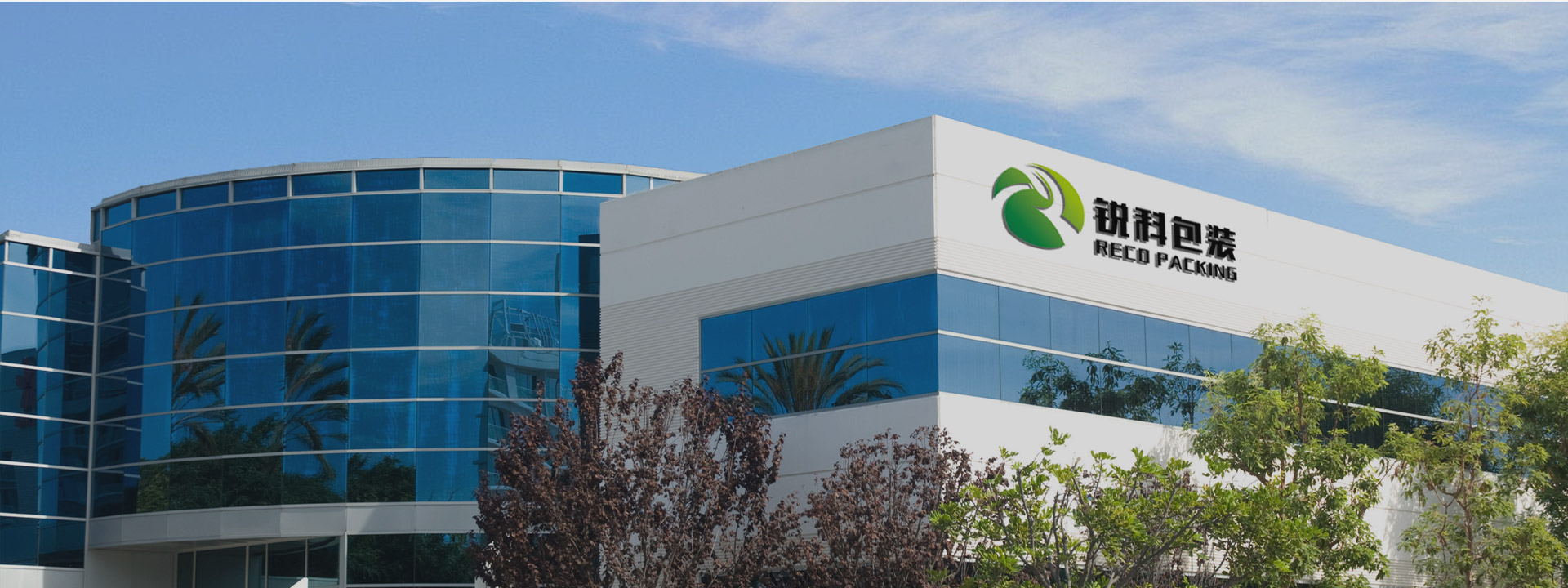
Products Recommended
Aluminum Foil food container
Products Recommended
Household Aluminum Foil Roll
Products Recommended
Aluminum Foil food container
Products Recommended
Plastic Wrap
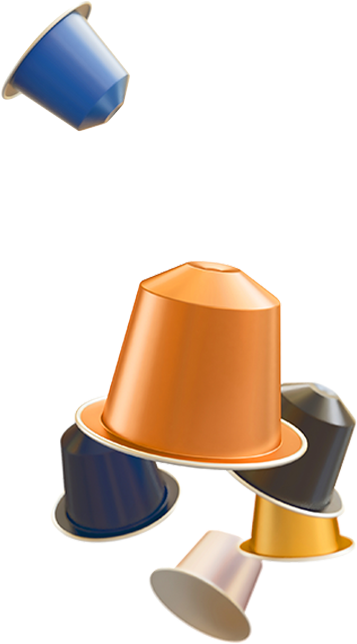
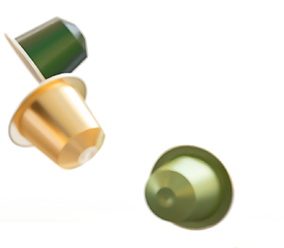
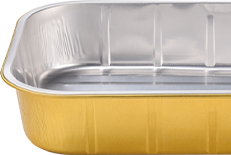
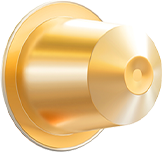
Application field
Multiple shapes, multiple sizes, multiple uses, using environmentally friendly
materials to create value for our customers and maintain
the earth's ecosystem.
Scope of application
-
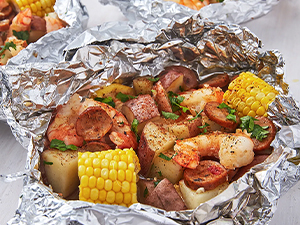
Family kitchenware
-
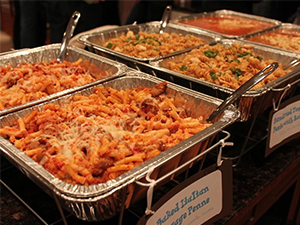
Super food Chain-store
-
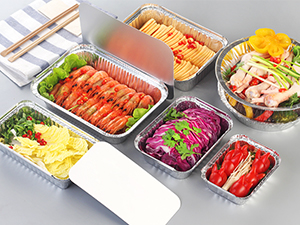
Hotel and restaurant
-

Fast food and take away food
Contact Us
Advantage subheading
WHAT’S NEWS
PAY ATTENTION TO OUR LATEST NEWS AND EXHIBITIONS
-
 12 26,2025 00:00
12 26,2025 00:00
How to Judge the Quality of Aluminum Foil Food Containers?
With the explosive growth of the food delivery industry and the widespread use of pre-cooked meals at home, Aluminum Foil Food Containers are graduall...
-
 12 19,2025 17:00
12 19,2025 17:00
Which container is the most reliable choice for high-temperature heating or acidic foods?
In the catering, takeout, and food processing industries, choosing the right packaging container for food is crucial. Especially when high-temperature...
-
 12 12,2025 17:00
12 12,2025 17:00
How to Properly Use Aluminum Foil to Clean and Protect Your Kitchenware?
When it comes to Household aluminum foil rolls (also known as aluminum foil paper) in the kitchen, most people first think of baking and grilling. How...
-
 12 05,2025 00:00
12 05,2025 00:00
Can PE plastic wrap be used as cling foil microwave?
In daily kitchen life, plastic wrap is an indispensable helper, effectively isolating bacteria and extending the shelf life of food. However, when foo...
-
 11 28,2025 00:00
11 28,2025 00:00
Are Aluminum Containers Safe for Food Storage?
In modern kitchens and the food industry, aluminum foil food containers are widely popular due to their lightweight, rapid heat conduction, and ease o...
-
 11 21,2025 00:00
11 21,2025 00:00
Can Aluminum Foil Leak Harmful Substances into Food?
In modern kitchens and outdoor barbecues, Aluminum foil (or tin foil) has long been a popular tool among consumers due to its excellent heat resistanc...
-
 11 14,2025 00:00
11 14,2025 00:00
Is it safe to wrap food in aluminum foil and store it in the refrigerator?
In modern households, aluminum foil has become a common choice for wrapping leftovers or preparing picnic food due to its convenience in keeping food ...
-
 11 07,2025 00:00
11 07,2025 00:00
Is plastic wrap waterproof?
In daily kitchen life, plastic wrap is almost an essential tool for storing food, preventing odors from mixing, and keeping food fresh. However, many ...
-
 10 31,2025 15:42
10 31,2025 15:42
Are Aluminum Foil Containers Better Than Plastic Containers?
With increasing global focus on environmental protection and food safety, the food delivery and packaging industries are undergoing a transformation. ...
-
 10 24,2025 00:00
10 24,2025 00:00
What are the uses of Aluminum Foil Raw Materials?
Aluminum Foil Raw Materials plays a vital role in modern industry and daily life. Its unique physical and chemical properties make it a crucial materi...
-
 10 17,2025 00:00
10 17,2025 00:00
Does long-term use of aluminum foil food containers have any impact on human health?
With the rise of takeout and pre-prepared meals, aluminum foil food containers are increasingly popular with the restaurant industry and consumers due...
-
 10 10,2025 00:00
10 10,2025 00:00
Is Cling Film the Same as Plastic Wrap?
When we talk about kitchen essentials, cling film is a thin plastic product primarily used to wrap food to preserve freshness, protect against dust an...

 English
English Español
Español